“I’m going to become a writer,” I told my boss in London. I’m moving to Berlin to write a book.
A month later at my farewell party, he gave me a bunch of flowers, along with a pat on the back for being 20-something and following my dreams. Ten years later, my dream has come true, and looking back, moving to Berlin had everything to do with it.
A lot of people come to Berlin in search of creative input, hungry for the history and artistic freedom that the city has to offer. They hang out in cafes and bars and explore the romantic urbanism that makes Berlin so addictive: the tree-filled neighbourhoods of Kreuzberg and Friedrichshain, the industrial wastelands, and canal-side haunts.
All these people from different countries and backgrounds come together, bound by the city as it perpetually writes its story on the lives of its residents.
“Berlin was different when I moved here,” many people say, and yes, in 2006 when I turned up with a backpack and a job as an English teacher, the city was different: the Communist Palast der Republik still stood on Museum Island, more people seemed to speak German, and there were a lot more outdoor parties. But I was different back then too and to me, everything in Berlin was new.
I picked up my first bike for €10 off an elderly lady in my Altbau and, by the end of my first week living in Kreuzberg, I was cycling around the streets of my Kiez like a pro, and falling in love with the city.
There was so much to write about: the smells and sounds of the streets, Kofte from the Turkish market and fresh rolls from the bakeries. Characters popped out of every kiosk, they slept on the stones of war memorials. Stolpersteine before many houses marked the homes of former Jewish residents, and the dates they were terrorized by the Nazis.
Street names like Grimmstrasse were an ode to the fairy tales of the German storytellers the Brothers Grimm, who lived in the city for two decades. And U-Bahn station names like Frankfurter Tor marked an old route out of the city towards the provinces of the East.
With so much for my imagination, I spent my first year simply living and experiencing my new environment. I connected with most of the people I met through a shared love of music and literature. Their book recommendations still remind me of the places where we first discussed them over a Milchkaffee and cigarettes, warming up from the cold. Barney’s Version by Mordecai Richler is a café on Kottbusserdamm. Talk Talk by T. C. Boyle is a tram ride half-way-down Petersbergerstrasse. And then my favourite: Slaughterhouse Five by Kurt Vonnegut: a bitter night walking along Eberswalderstrasse.
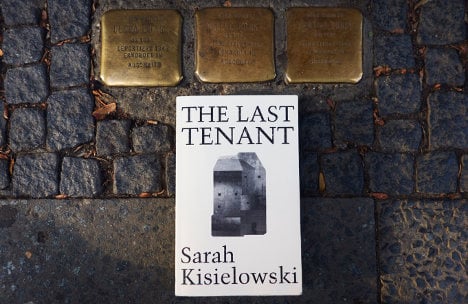 Photo: David Benham/Private.
Photo: David Benham/Private.
Being half-German myself, there were some things about the city that seemed familiar from my childhood trips to see my grandparents: pumpkin seed bread and poppy seeds – favourites of my mother; then there was the chocolate bars we’d been sent as children; and the sound of the language itself.
But so many things were different from home: the apartments in Berlin were enormous and full of the smell of coal. When winter came the canals froze in Kreuzberg, and I felt for the first time that I really knew what winter was.
Lost in a dark and snowy world, I began to write vignettes of the characters and places I came across: the abandoned factories and buildings, inside which I would sit for hours, scribbling away on scraps of paper.
I read Döblin and Isherwood, and went to flea markets to buy a fur coat. I watched films by German directors like Wenders and Herzog, and spent afternoons on the S-Bahn observing life. A homeless man sat on the stairs at Treptower Park, begging each day for breakfast. The sound of a violinist filled the vaulted ceiling of a station as the horsehair of his bow glided across the strings.
The people and cold of the city breathed humanity into my everyday life in a way I’d never seen before.
And I too had to survive, in a flat with no real heating. I didn’t make a lot of money from my teaching job, but it was reliable, and enough to pay the rent. Looking back, I hardly had anything, but in other ways I had so much. I was rich in only a way that living in Berlin can teach you. On my days off I explored the city, then went home and wrote all night. And gradually I became a Berliner with a common sense of belonging running through my blood.
Four years later, I returned to London and began to write. I wrote eight hours a day for three months. The story started from a photograph, a vision, and ended in a book. It took four more years of research and return trips to Berlin to finish my debut novel. But now that it’s done it, it feels like only last week that I first cycled down Wrangelstrasse with the leaves of the linden trees crunching under my wheels.
Fulfilling a dream takes hard work and perseverance. The people of Berlin gave me the inspiration to do that. Of course, every city has its stories, but none more so for me than Berlin, where every doorstep holds a secret, every face is lined by the past.
The Last Tenant by Sarah Kisielowski tells the story of Daniel, a young man who travels to Berlin in search of family. But when his grandfather disappears, Daniel must dig through remnants of the past to find out the truth about his family's history. Find out more at http://www.fragmentpress.co.uk.

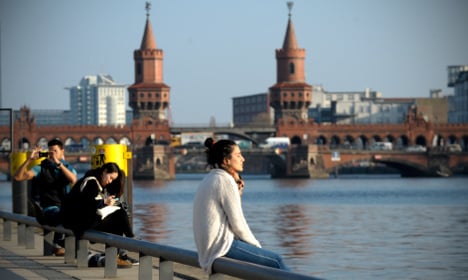
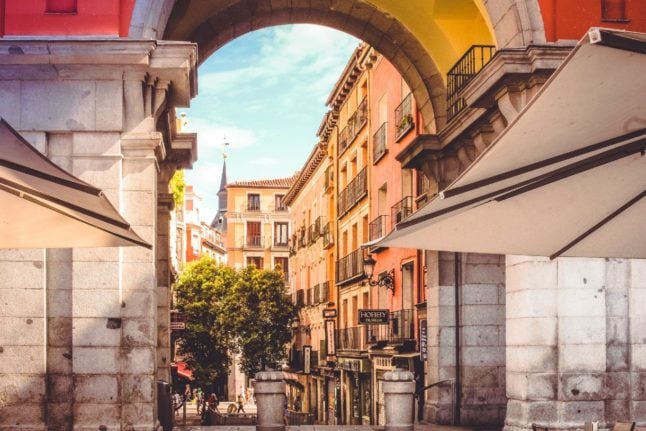
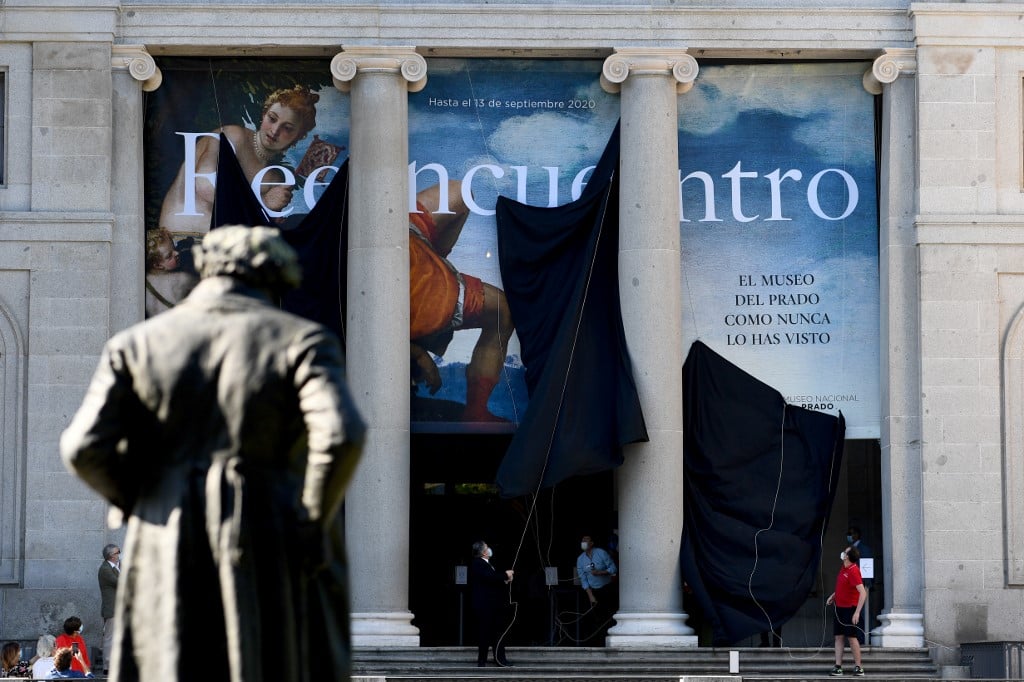
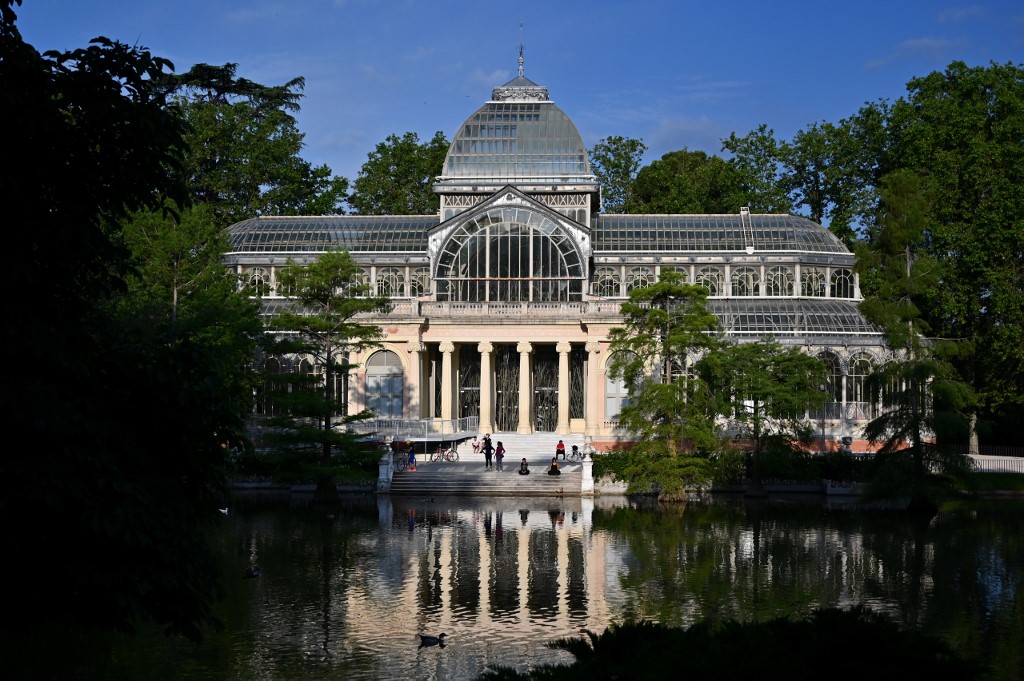
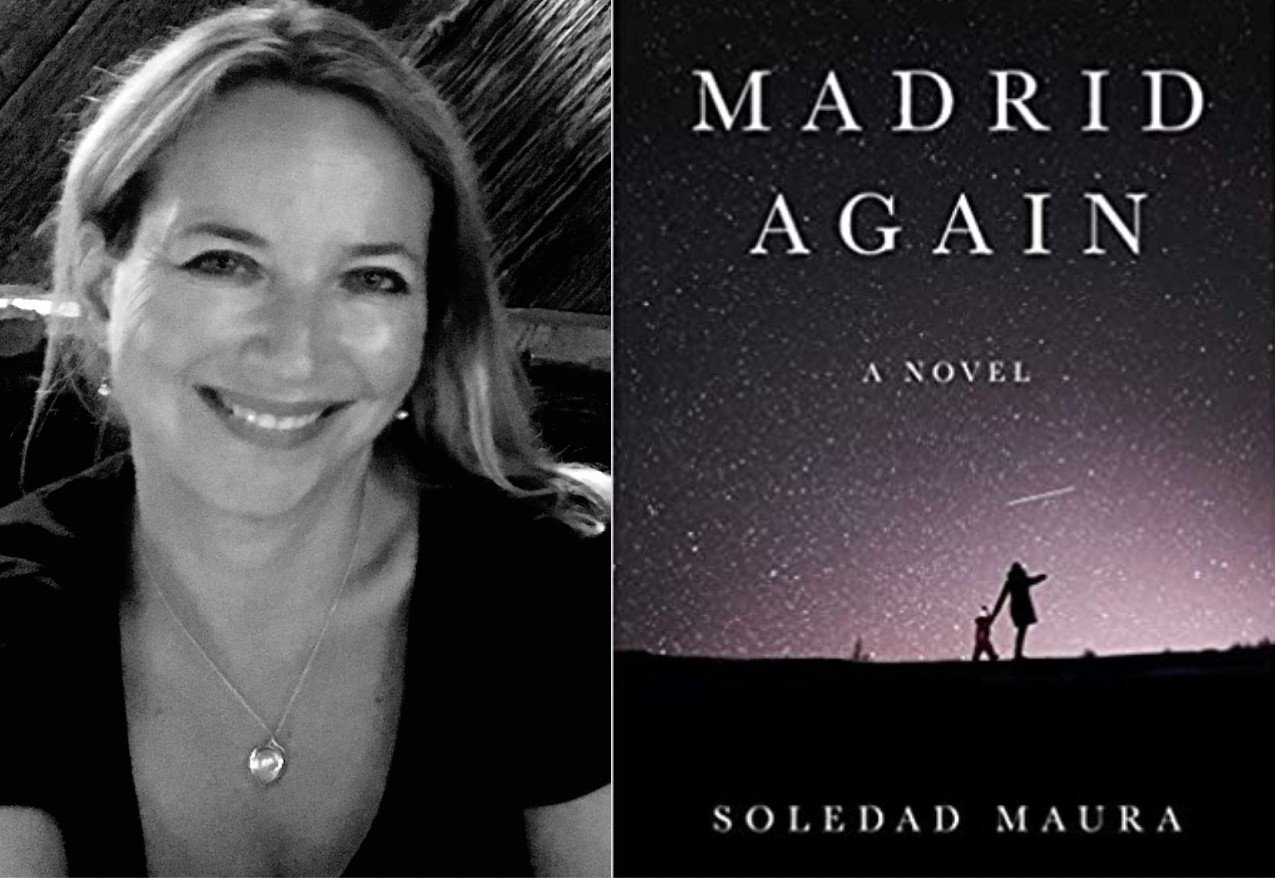
 Please whitelist us to continue reading.
Please whitelist us to continue reading.
Member comments